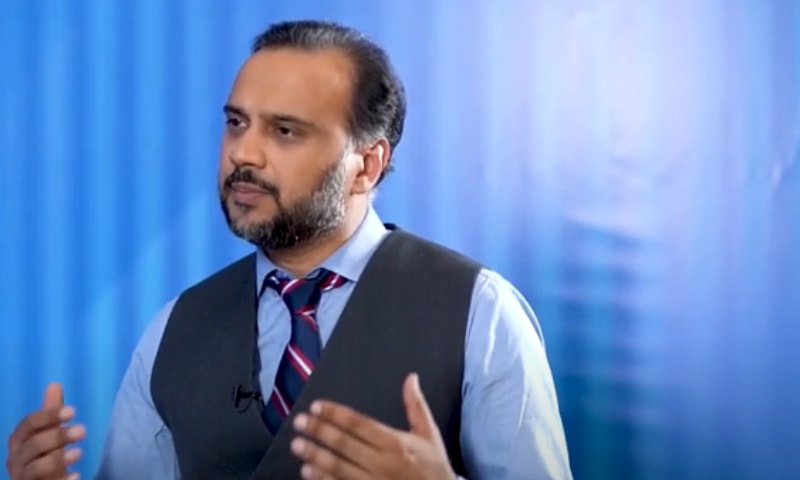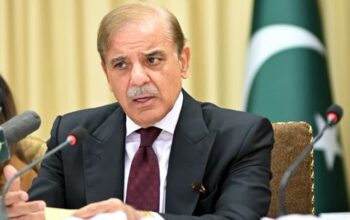By Staff Reporter
KARACHI: The central bank is seeking to reassure the countrymen that Pakistan is not among the most vulnerable countries in the world, “so its citizens do not need to panic”, even though rupee witnessed its biggest weekly plunge since 1998.
Finance minister Miftah Ismail this week blamed the rupee’s slide on political turmoil, saying he expects market jitters over the currency’s sharp decline to subside soon.
The country is suffering from fast depleting foreign reserves, a declining currency and widening fiscal and current account deficits, with the rupee losing 18 percent of its value since December 21.
However, 12pc of this depreciation was caused as the US Fed-Reserve increased its interest rates very aggressively, to increase the value of the dollar.
Pressures on the rupee were also created due to rising imports and demand for dollars in Pakistan, while the supply of dollars has remained low due to geo-political and domestic uncertainties.
The central bank said the next 12 months will be very challenging for the global economy and the emerging markets are facing a sharp rise in inflation, while financial pressures are growing in countries with high debt-levels.
Pakistan has a reasonable debt-level at 70 percent of its gross domestic product (GDP).
“It is not justifiable to categorize Pakistan’s ‘Debt-to-GDP’ ratio with Ghana (80pc ratio), Egypt (90pc ratio) and Zambia (100pc ratio), while Sri-Lanka has 120pc ratio,” Dr Murtaza Syed, acting governor of State Bank of Pakistan, said.
Dr Syed made his observation during a podcast conducted by the SBP to discuss the economic situation.
Moreover, Pakistan’s External-Debt is 40pc of GDP, while Tunisia has 90pc, Angola has 120pc and Zambia has over 150pc.
Pakistan is relying more on its domestic debts, which are payable in its own currency and are easier to manage, as compared to external loans which are payable in foreign currencies.
Around 7pc of Pakistan’s External Debts are Short-Term, other countries have taken much higher Short-Term External loans, like: Turkey (30pc).
Pakistan has taken only 20pc of its borrowings on commercial-terms, which are concessional loans, taken from IMF, World-Bank or friendly countries.
“So, it is easier for us to return these loans and all the debt-indicators of Pakistan are much better than the countries who have done more commercial-borrowings,” the governor said.
The central bank chief said over the next 12 months, the countries who have taken an IMF programme, will be much safer, compared to the states like Ghana, Zambia, Tunisia and Angola, who do not have IMF’s support, and they may face bigger pressures.
Pakistan has recently completed the current review with the IMF, and also had successfully achieved the difficult task of receiving a Staff-Level agreement from the IMF, by fulfilling all their requirements.
“Now, it should be much easier for us to get an approval from the IMF Board to get the large scale funding. We will also get some additional funding and Oil-financing from friendly countries,” the governor added. “So, the Pakistanis should dismiss all the economic fears in their minds.”
The central bank said $9.3 billion of Foreign Exchange Reserves “is not too low or worrisome for the nation”.
Pakistan also has gold-reserves worth around $3.8 billion. “Currently, we are not in a debilitating crisis, so we do not need to pledge these gold-reserves,” the bank said. “We must not panic. I advise the Pakistanis to reject the fake news-reports drawing a doomsday scenario for Pakistan.”
Copyright © 2021 Independent Pakistan | All rights reserved




